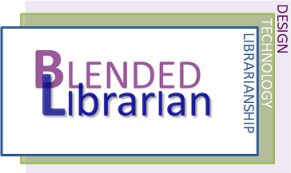Higher education institutions invest significant funds on educational technology. From learning management systems to the latest generation of wireless projectors and personal response systems, there is a demand to keep up with the latest tools to support learning. But if faculty fail to use these technologies or don’t believe they can actually make a difference, then the investment is likely going to waste.
The good news is that the majority of faculty surveyed in the 2015 Faculty Attitudes on Technology Survey, conducted by Inside Higher Ed, say the portion of their institutions’ budgets that has gone toward ed tech is money well spent. A lesser number, but still a majority, say that they are seeing moderate improvement in students achieving learning outcomes thanks to ed tech.
One area where faculty are still unconvinced about education technology is online programs. Only 17 percent of faculty members say for-credit online courses taught at any institution can achieve outcomes that are at least equivalent to those of in-person courses, while 53 percent disagree or strongly disagree. There’s a big discrepancy between faculty and administrators on online courses. The majority of administrators believe their institution’s online course are of equivalent quality to their face-to-face courses.
The news is even better when it comes to faculty and open educational resources (OER).When asked if faculty should assign more free OER content, more than 90% of faculty agreed that they should. Unfortunately, agreeing with the statement and actually using OER to eliminate commercial textbooks is not the same thing. Still, it seems to indicate that more faculty are familiar with OER and agree it is a good idea.
While not every faculty member is convinced there is value in using ed tech to promote the successful accomplishment of student learning outcomes, each year this survey points to a growing number of faculty that support their institutions’ investment in ed tech. This would suggest that Blended Librarians have opportunities to apply their knowledge of learning technologies to help faculty offer better ways to improve the quality of their students’ research.
